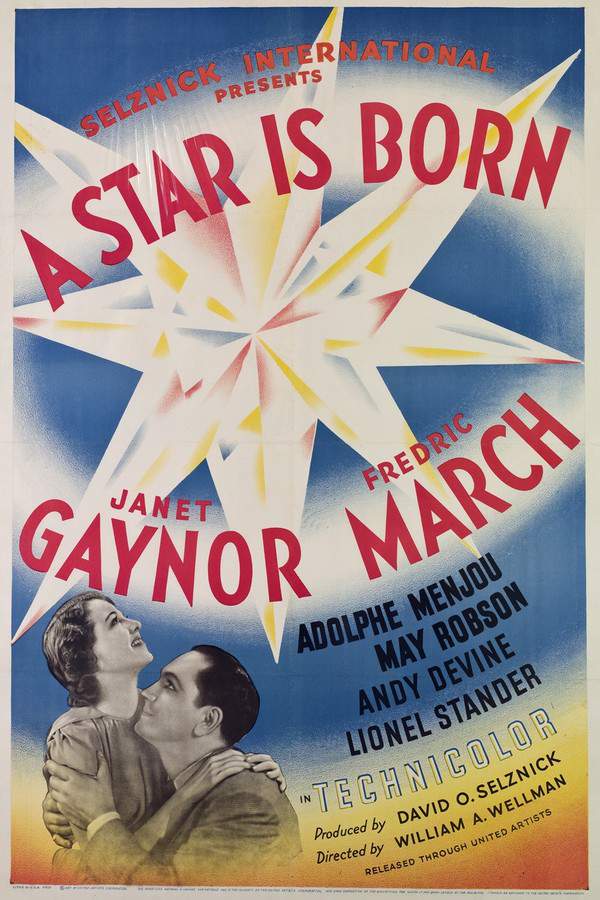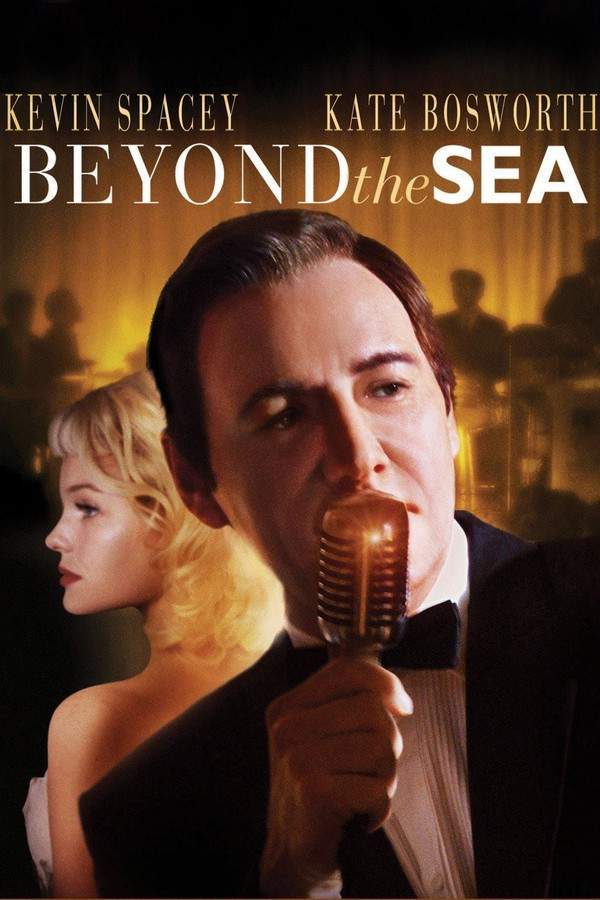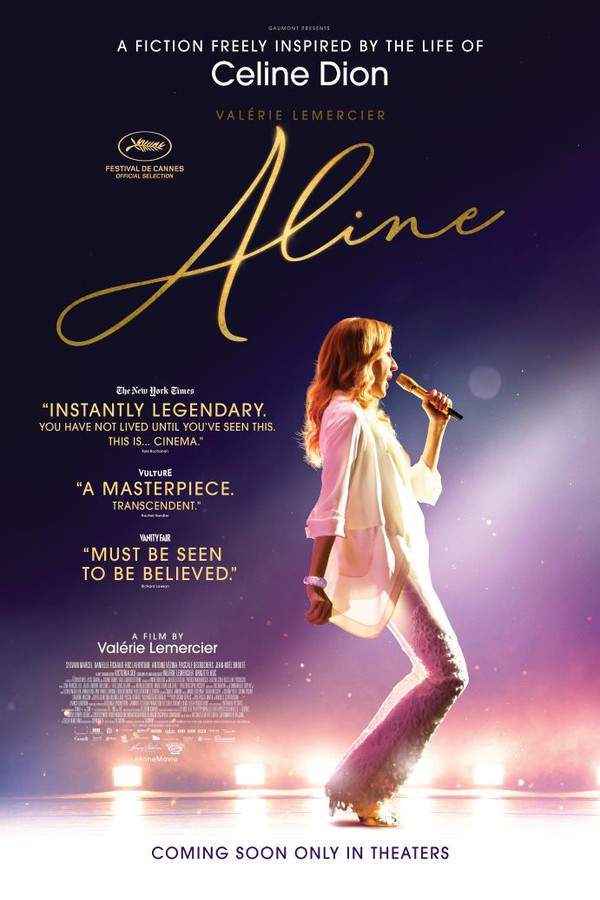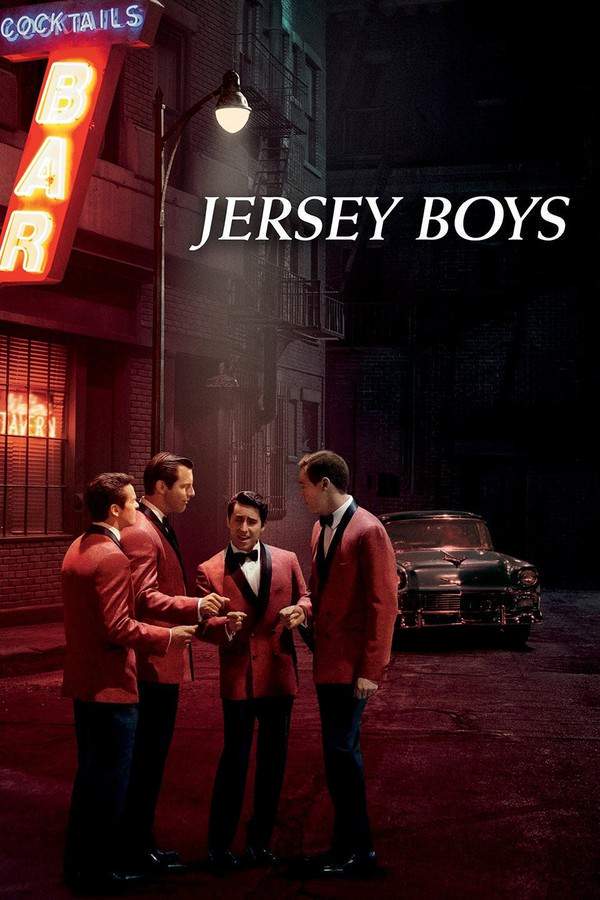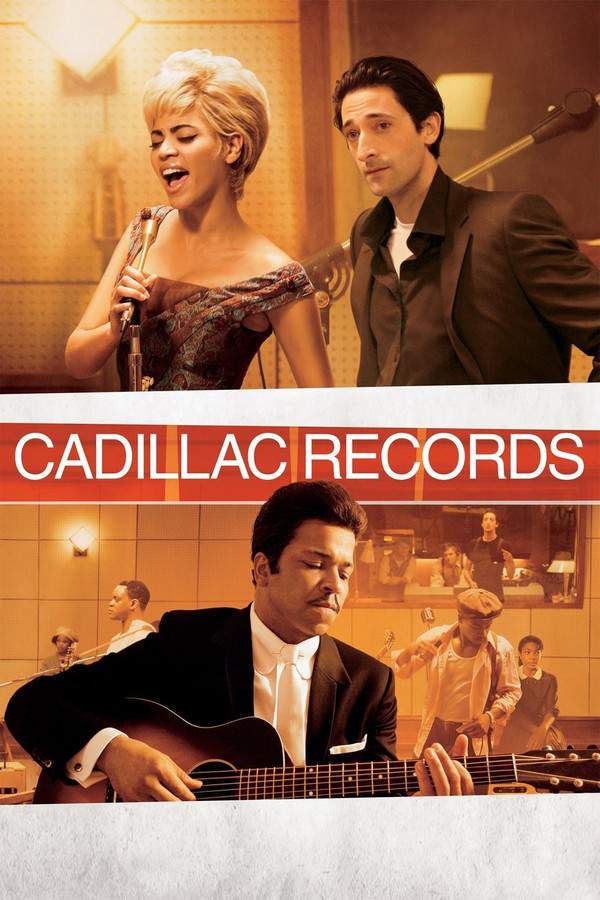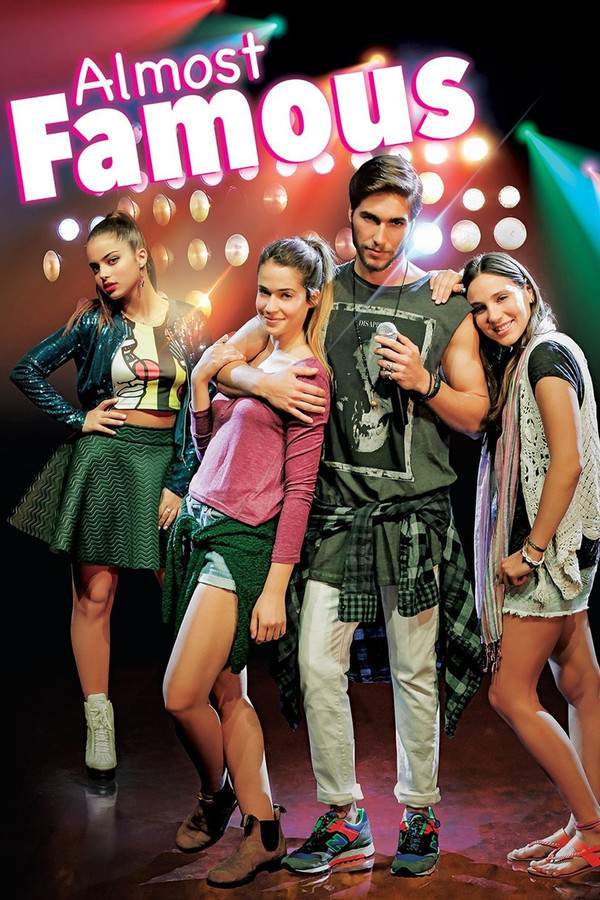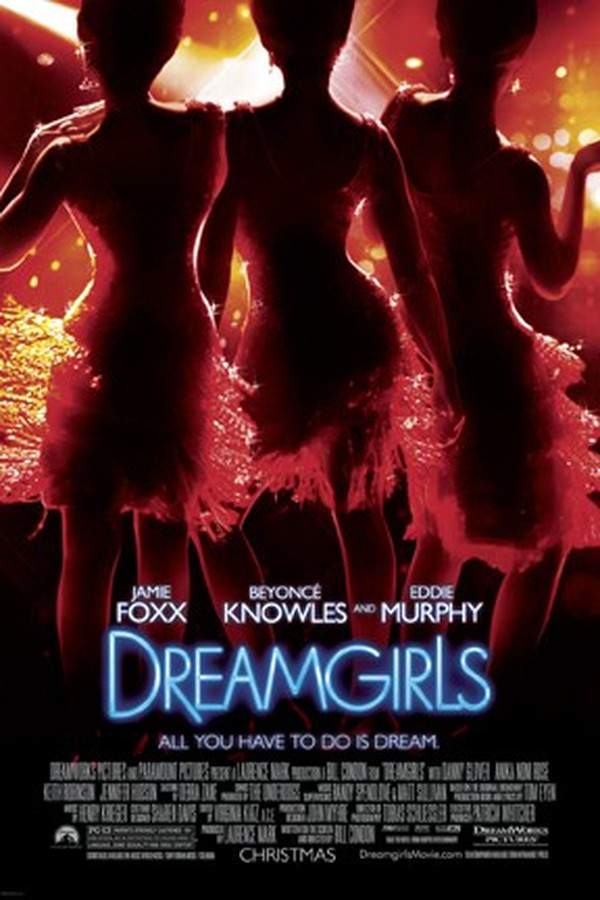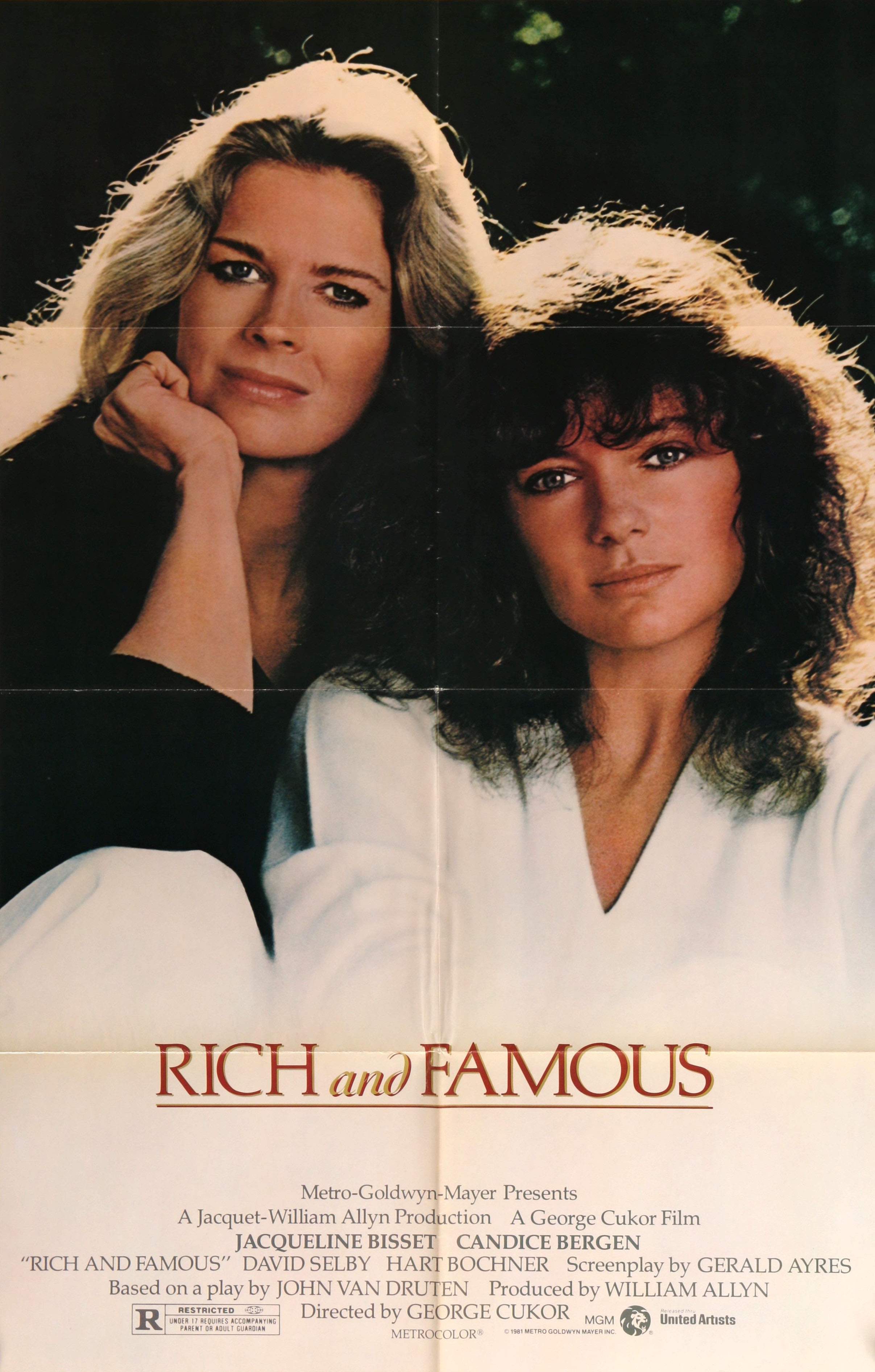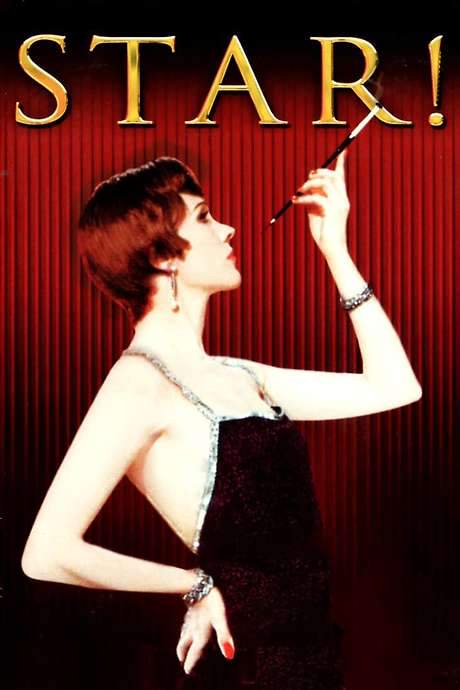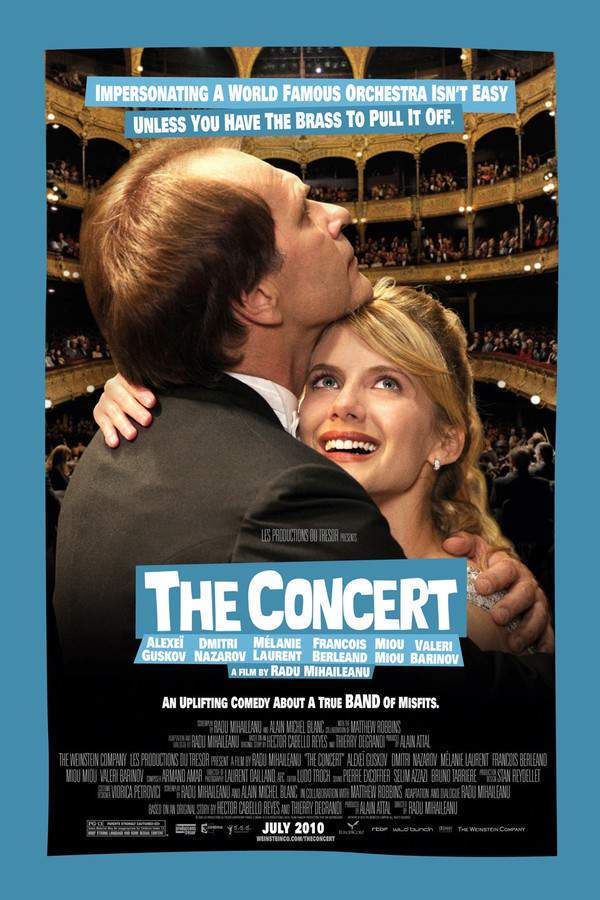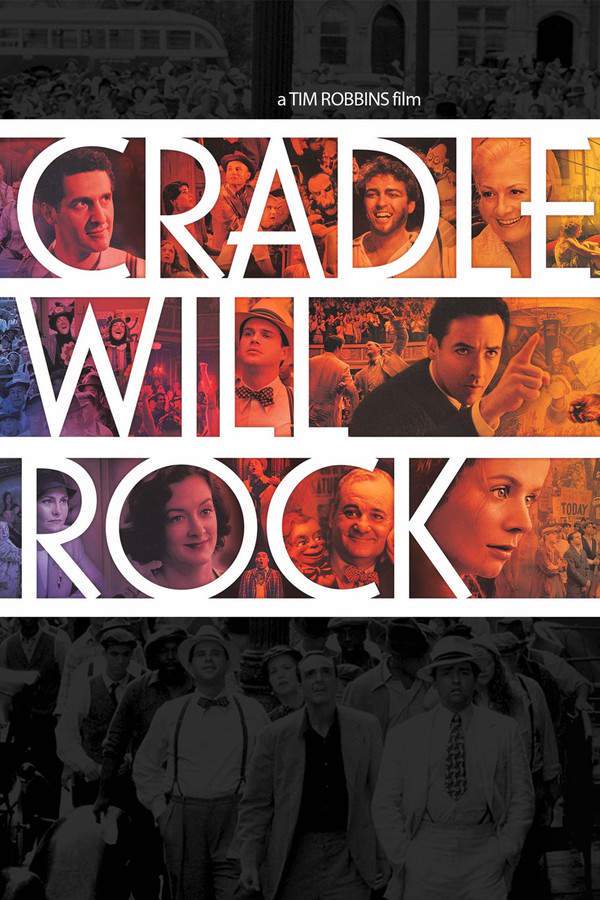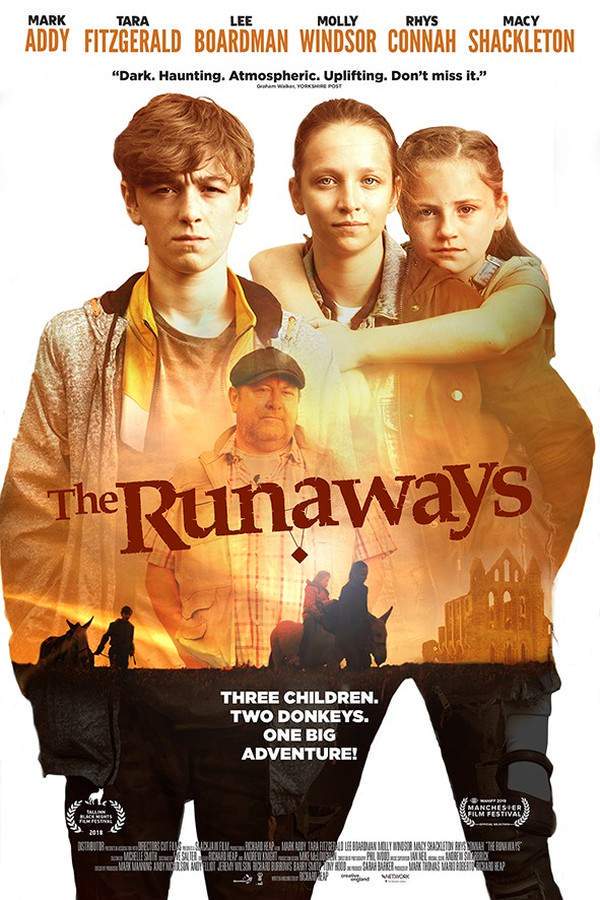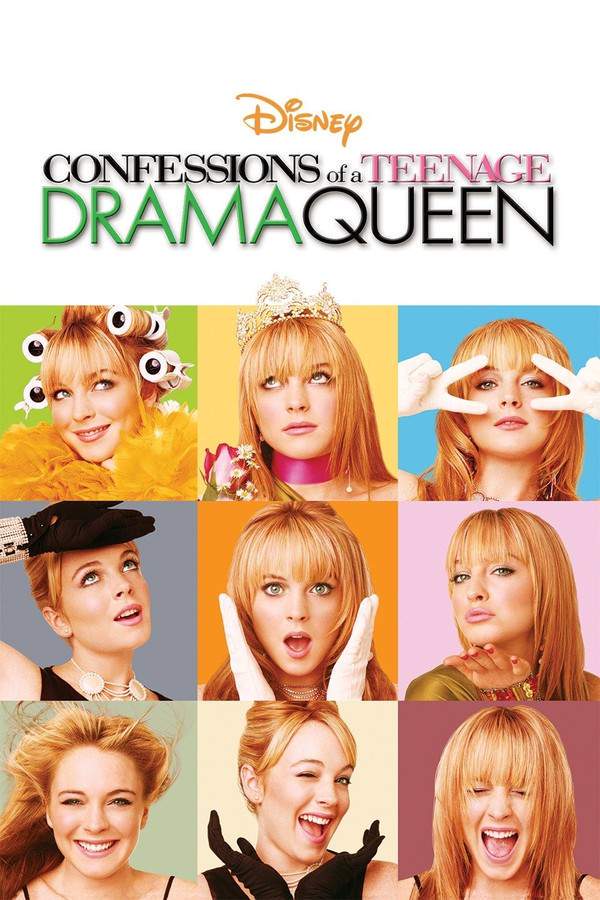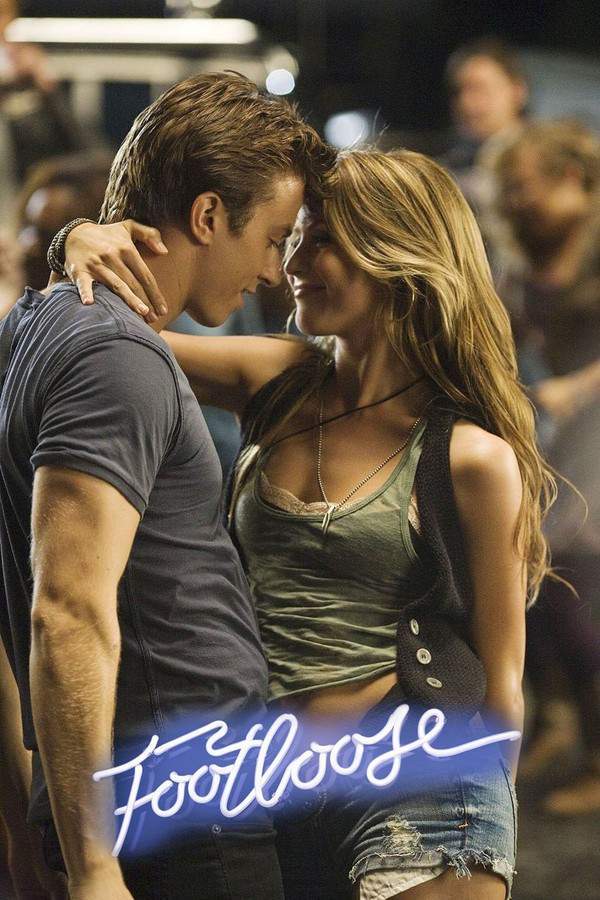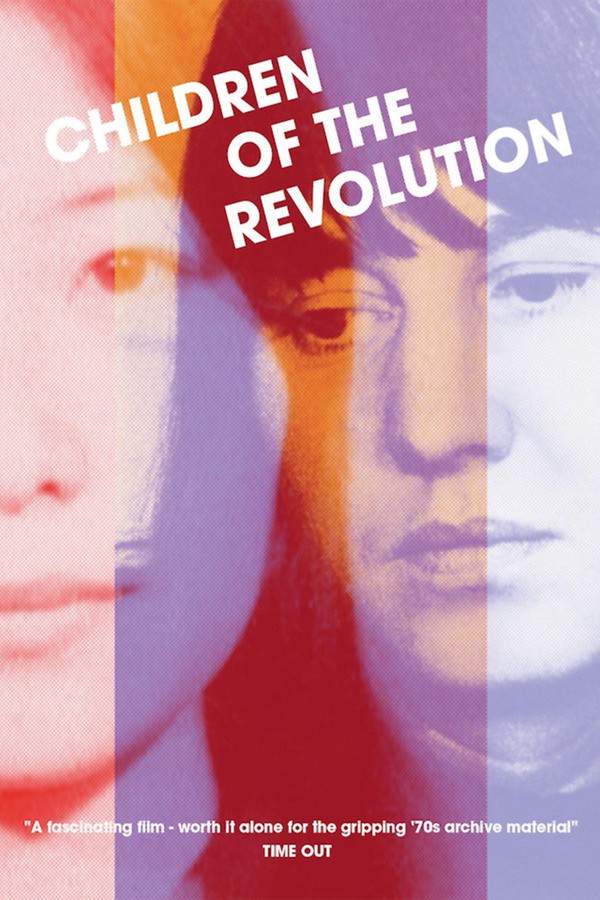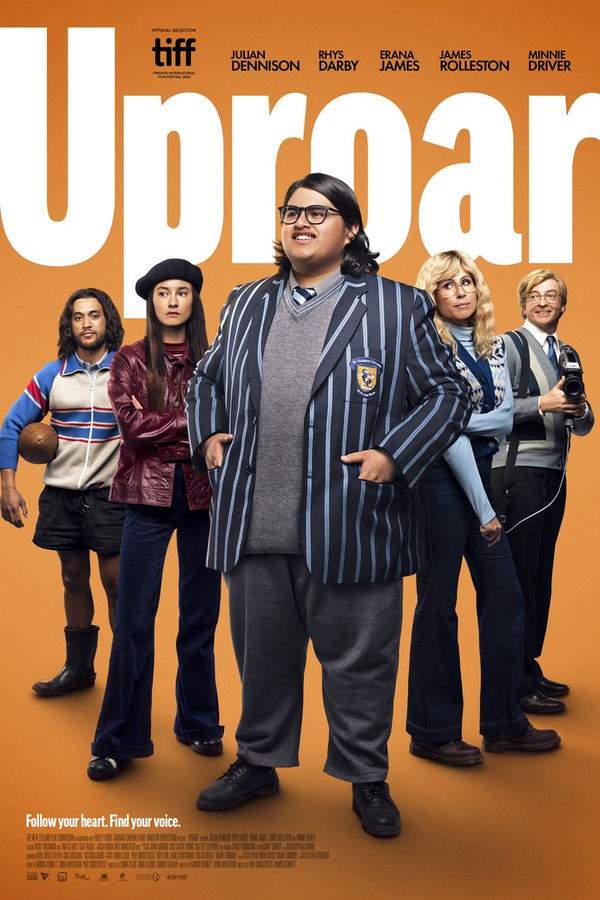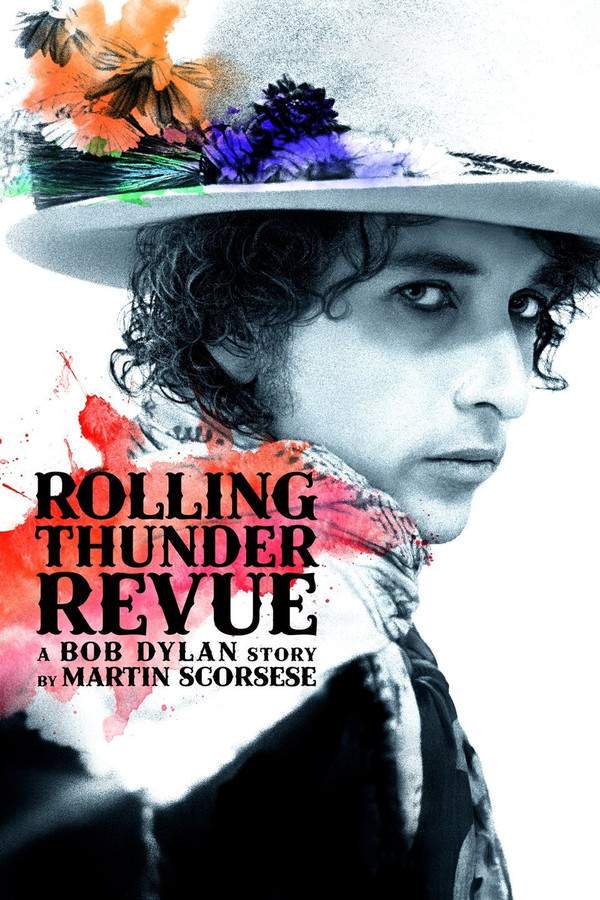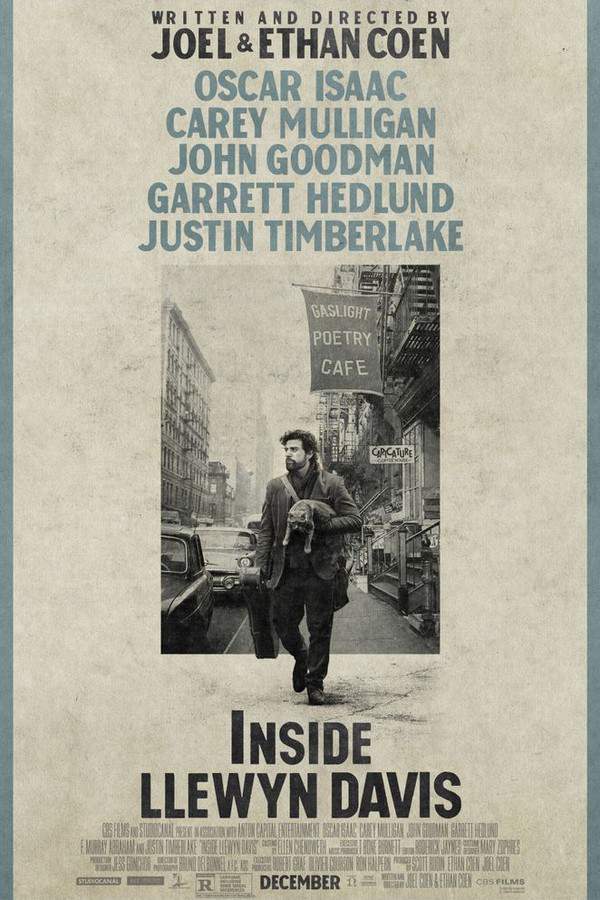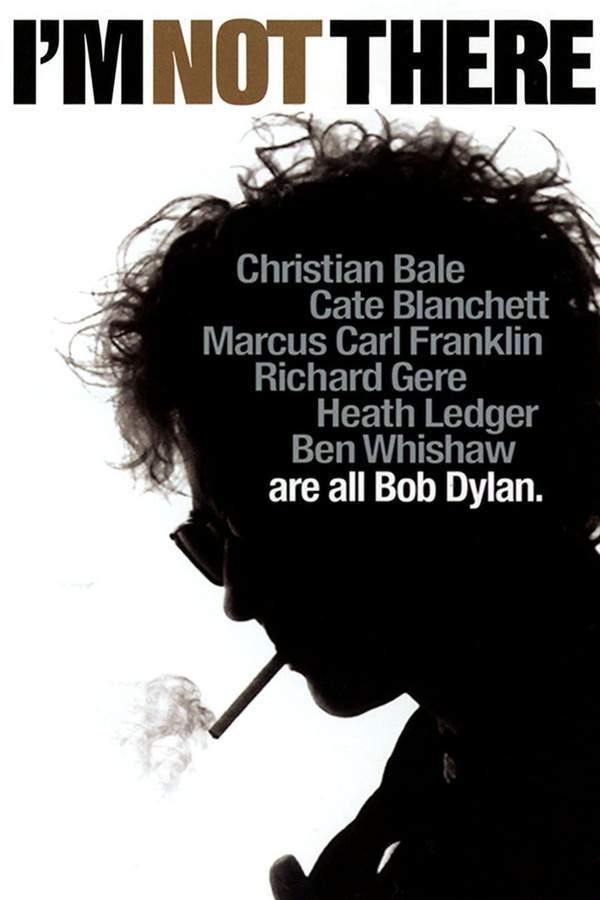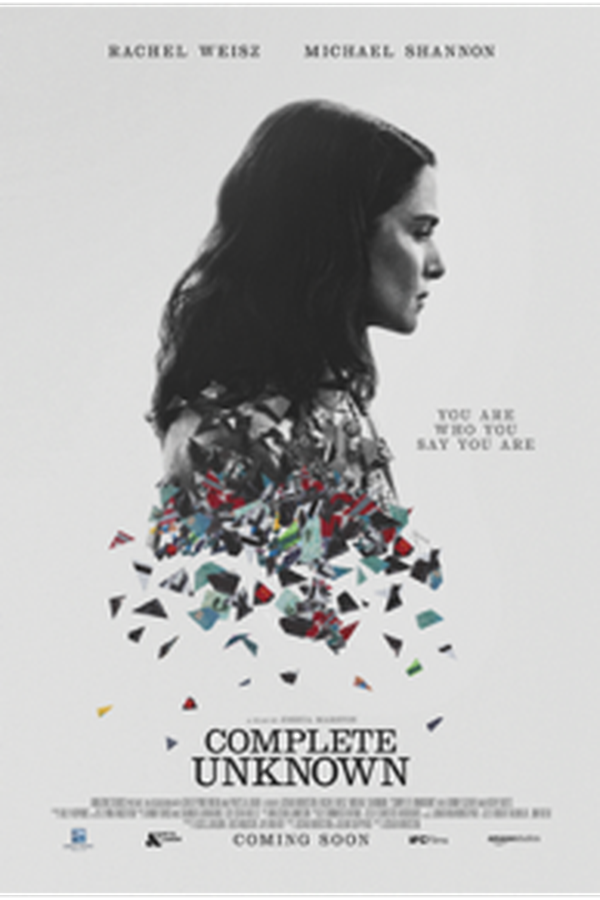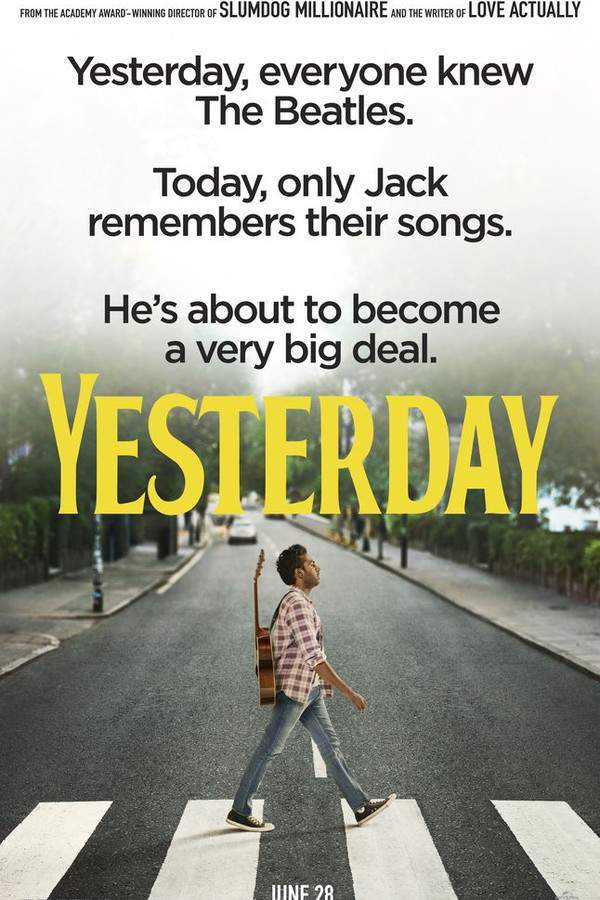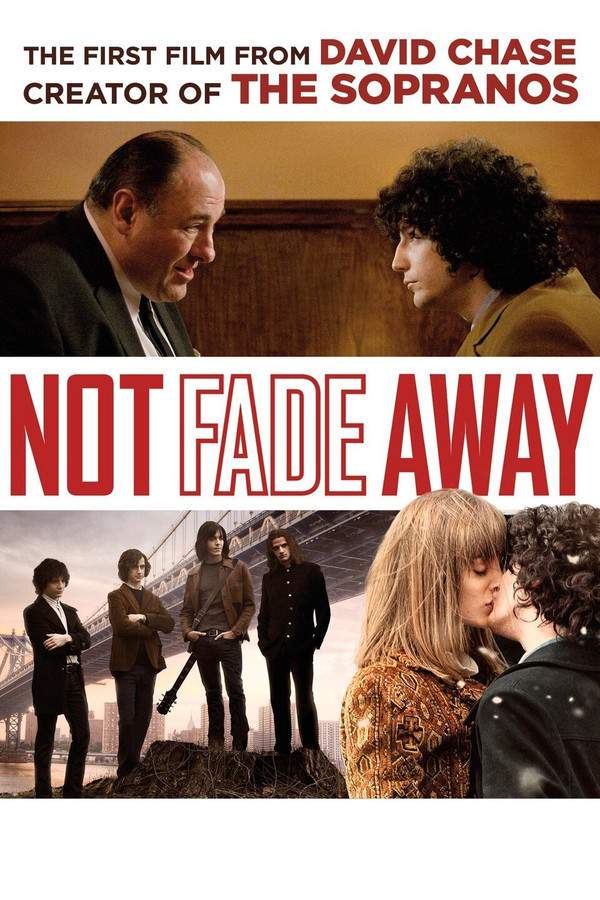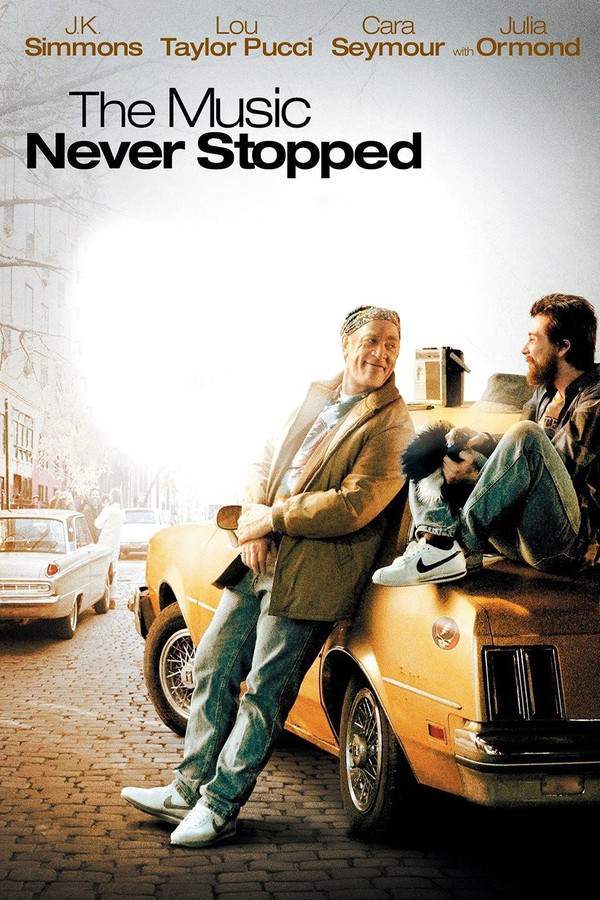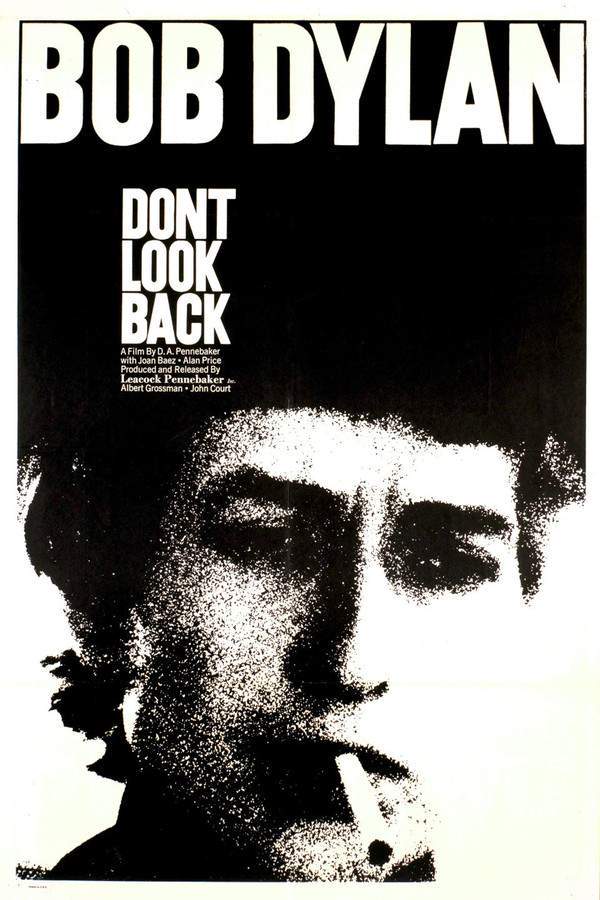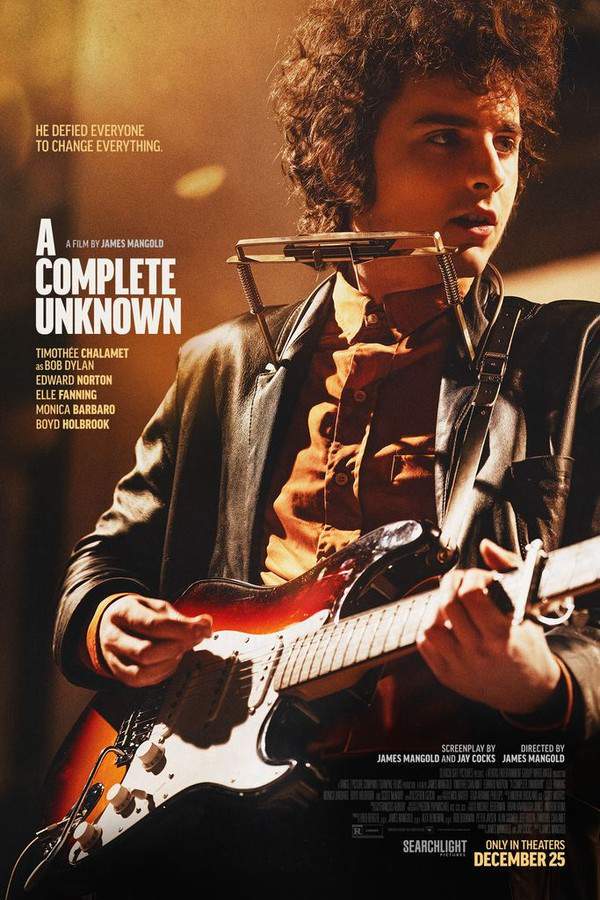
A Complete Unknown
Year: 2024
Runtime: 2 h 21 m
Language: english
Director: James Mangold
Budget: $70M
Set in the vibrant New York music scene of the early 1960s, the film chronicles the rapid ascent of a 19-year-old musician from Minnesota, Bob Dylan, portrayed by Timothée Chalamet. The story follows his journey from folk singer to a worldwide sensation, detailing the rise of his songs and the enigmatic persona that captivated audiences. It culminates with his pivotal shift to electric rock and roll, marking a transformative moment in his career.
Warning: spoilers below!
Haven’t seen A Complete Unknown yet? This summary contains major spoilers. Bookmark the page, watch the movie, and come back for the full breakdown. If you're ready, scroll on and relive the story!
A Complete Unknown (2024) – Full Plot Summary & Ending Explained
Read the complete plot breakdown of A Complete Unknown (2024), including all key story events, major twists, and the ending explained in detail. Discover what really happened—and what it all means.
The narrative unfolds in 1961, capturing the arrival of a youthful Bob Dylan in New York City, eagerly seeking out the legendary musician Woody Guthrie. At the same time, another prominent artist, Pete Seeger, is embroiled in a legal battle over a song penned by Guthrie. Following a court dismissal, Pete, alongside his wife Toshi, performs the inspiring anthem “This Land is Your Land” right outside the courthouse, creating an electrifying atmosphere.
As the story progresses, Pete pays a visit to Woody in the hospital, where Bob unexpectedly joins them. In an intimate moment, Bob serenades the two with his heartfelt composition “Song For Woody.” Woody, despite his inability to verbalize, shows his approval by rhythmically pounding on the nearby dresser. Following this encounter, Pete graciously invites Bob to join his family, igniting Bob’s musical journey in the rich tapestry of New York’s folk scene.
As Bob hones his craft, he finds himself at an open mic night where he witnesses the captivating performance of Joan Baez. With a spark of attraction and charisma, Bob captures her attention while presenting his song “I Was Young When I Left Home.” This performance captures the eye of the ambitious music manager Albert Grossman, who promptly decides to take Bob under his wing. Despite Grossman’s eagerness to promote Bob’s original pieces, the executives push for Bob to record safer cover songs, compelling him to navigate the industry’s restrictive waters.
The plot thickens when Bob crosses paths with Sylvie Russo during a musical gathering. Their budding romance blossoms as they enjoy cinematic discussions post-viewing of “Now, Voyager.” However, their relationship faces turbulence when Sylvie criticizes Bob’s tendency to dominate conversations about himself, leading her to take an unexpected trip to Rome after a heated argument.
In the midst of his rising fame, Bob connects with Sylvie again under complex circumstances. Following a passionate performance of “Masters of War” in Joan’s presence, he spends the night with her, igniting yet another wave of emotional reflection. The morning after, Bob’s barbed comments regarding Joan’s music reveal the strife brewing between his personal ambitions and emotional connections.
As Bob experiences a meteoric rise, featuring in prominent performances and gaining the respect of icons like Johnny Cash, tensions simmer beneath the surface. Sylvie’s unease grows as she witnesses the deepening bond between Bob and Joan during their performances. In a notably poignant scene, Bob captures the essence of his creative turmoil through the performance of “The Times They Are A-Changin’”—an unforgettable moment that resonates deeply with the audience, including the likes of Pete, Toshi, and Joan, ultimately leaving Sylvie tearful.
By 1965, Bob emerges as a fixture of both fame and contention. Embracing the electric folk rock genre, he confronts backlash from traditionalists who prefer his classic sound. Encounters with overzealous fans further complicate his journey, including when he faces aggression over his iconic sunglasses. Seeking comfort in Sylvie’s embrace, he finds himself instead confronting the reality of her moving on with someone new.
With each passing event, Bob’s music evolves, paralleling the tumultuous social landscape of the era. He pushes forward, creating seminal tracks like “Subterranean Homesick Blues” and “Highway 61 Revisited,” solidifying his place in music history. A visit to the set of Pete’s program “Rainbow Quest” provides a platform for Bob to express his voice, showcasing his resilient spirit.
The climax unfolds dramatically at the Newport Folk Festival, where Bob’s new electric sound clashes with traditional expectations. Offstage quarrels erupt with Joan during their set, as he grapples with his artistic identity. Tensions peak amidst the ecstatic and hostile reactions of the crowd; however, Bob remains undeterred, delivering performances like “It Takes a Lot to Laugh, It Takes a Lot to Cry”. The juxtaposition of boos and cheers intertwines, accentuating the pivotal moment of rebellion against conformity.
In the aftermath of a polarizing performance, Bob and Joan exchange bittersweet farewells, with Joan reflecting on his newfound freedom to express his music however he chooses. Before departing on his motorcycle, he visits Woody one last time at the hospital, signifying a profound connection that resonates through the years.
As the credits roll, a poignant text reveals that mere weeks after the tumult of the Newport Festival, Bob Dylan released the legendary “Highway 61 Revisited,” a monumental album recognized as one of the most groundbreaking records in music history. The legacy of Pete Seeger shines through as he continues to advocate for folk music and civil rights until his passing in 2014. Joan Baez’s musical journey flourished with her own impressive catalog and the poignant “Diamonds and Rust” reflecting her past with Bob Dylan, while Bob himself emerged as a trailblazer in the music industry, even receiving the Nobel Prize for Literature—an unparalleled achievement highlighting his lasting impact on culture.
Last Updated: January 14, 2025 at 19:25
Ending Explained – What Happens at the End of A Complete Unknown?
Still wondering what the ending of A Complete Unknown (2024) really means? Here’s a spoiler-heavy breakdown of the final scene, major twists, and the deeper themes that shape the film’s conclusion.
The film concludes with Bob Dylan’s performance at the 1965 Newport Folk Festival, a pivotal moment in his career. At this point, Dylan’s decision to play electric guitar and perform with a blues band shock his folk audience, many of whom expected him to stick to traditional folk music. The reaction is mixed—some cheer, but many boo and show disappointment, feeling betrayed because they believed Dylan was one of their own. Dylan’s brief set, which ends with him leaving the stage frustrated, marks a turning point: he chooses to defy expectations and push musical boundaries, even if it alienates some fans. The ending then shows Dylan riding away on his motorcycle, a nod to his real-life motorcycle accident in 1966, which further isolated him from the public eye for a time. This scene is deliberately ambiguous, reflecting how Dylan’s true life and motivations remain shrouded in mystery. The film’s conclusion underscores that Dylan’s influence went far beyond that festival — he transformed music itself, inspiring future generations. The ending doesn’t try to fully explain Dylan’s choices or his personality; instead, it leaves his story open-ended, emphasizing the enduring enigmatic quality of one of music’s most influential and mysterious figures. In doing so, it captures the essence of who Dylan was: an artist constantly evolving and defying labels, forever an “unknown” to many, even as his legend only grew. This deliberate ambiguity invites viewers to interpret Dylan’s journey in their own way, making the story not just about a young musician’s rise but about the ongoing, elusive nature of his legacy.
Last Updated: June 25, 2025 at 08:44
Explore Movie Threads
Discover curated groups of movies connected by mood, themes, and story style. Browse collections built around emotion, atmosphere, and narrative focus to easily find films that match what you feel like watching right now.
Movies about the price of artistic fame like A Complete Unknown
Stories of meteoric success that explore the alienation and sacrifices behind the spotlight.Explore films like A Complete Unknown that delve into the creative journey of musicians, writers, and artists. If you enjoy stories about meteoric rises to fame and the bittersweet personal costs that come with immense success and public identity, these movies capture that compelling duality.
Narrative Summary
These narratives typically follow a linear rise-to-fame structure, charting key breakthroughs and public victories. The central conflict arises from the tension between authentic self-expression and the demands of fame, often leading to the fracturing of close personal relationships and a sense of isolation at the peak of success.
Why These Movies?
Movies in this thread are grouped by their shared exploration of ambition's dual nature. They balance the thrill of artistic breakthrough with a melancholic, reflective tone on what is lost, creating a consistently bittersweet and introspective viewing experience centered on identity and legacy.
Movies about era-defining rebellion like A Complete Unknown
Character-driven stories of personal revolution set against a vibrant historical backdrop.Discover stories similar to A Complete Unknown, where a character's defiant transformation mirrors a shifting cultural landscape. If you liked the 1960s folk scene setting and the theme of bold artistic reinvention that divides audiences and peers, these movies offer that same energetic, rebellious vibe.
Narrative Summary
The narrative pattern involves a protagonist who is initially part of a specific scene or community. A growing dissatisfaction leads to a decisive, often public, act of rebellion that redefines their art and identity. This act creates significant tension and backlash, serving as the story's climax and solidifying their new path.
Why These Movies?
These movies share a specific mix: a strong, evocative historical setting, a steady pace that builds to a moment of decisive change, and a tone that is both energetic and tense. The focus is on the personal courage and controversy of breaking from tradition.
Unlock the Full Story of A Complete Unknown
Don't stop at just watching — explore A Complete Unknown in full detail. From the complete plot summary and scene-by-scene timeline to character breakdowns, thematic analysis, and a deep dive into the ending — every page helps you truly understand what A Complete Unknown is all about. Plus, discover what's next after the movie.
A Complete Unknown Timeline
Track the full timeline of A Complete Unknown with every major event arranged chronologically. Perfect for decoding non-linear storytelling, flashbacks, or parallel narratives with a clear scene-by-scene breakdown.

Characters, Settings & Themes in A Complete Unknown
Discover the characters, locations, and core themes that shape A Complete Unknown. Get insights into symbolic elements, setting significance, and deeper narrative meaning — ideal for thematic analysis and movie breakdowns.

A Complete Unknown Ending Explained
What really happened at the end of A Complete Unknown? This detailed ending explained page breaks down final scenes, hidden clues, and alternate interpretations with expert analysis and viewer theories.

A Complete Unknown Spoiler-Free Summary
Get a quick, spoiler-free overview of A Complete Unknown that covers the main plot points and key details without revealing any major twists or spoilers. Perfect for those who want to know what to expect before diving in.

More About A Complete Unknown
Visit What's After the Movie to explore more about A Complete Unknown: box office results, cast and crew info, production details, post-credit scenes, and external links — all in one place for movie fans and researchers.

Similar Movies to A Complete Unknown
Discover movies like A Complete Unknown that share similar genres, themes, and storytelling elements. Whether you’re drawn to the atmosphere, character arcs, or plot structure, these curated recommendations will help you explore more films you’ll love.
Explore More About Movie A Complete Unknown
A Complete Unknown (2024) Scene-by-Scene Movie Timeline
A Complete Unknown (2024) Movie Characters, Themes & Settings
A Complete Unknown (2024) Ending Explained & Theories
A Complete Unknown (2024) Spoiler-Free Summary & Key Flow
Movies Like A Complete Unknown – Similar Titles You’ll Enjoy
Rolling Thunder Revue: A Bob Dylan Story by Martin Scorsese (2019) Plot Summary & Ending Explained
Inside Llewyn Davis (2013) Spoiler-Packed Plot Recap
I'm Not There. (2007) Film Overview & Timeline
Complete Unknown (2016) Film Overview & Timeline
Yesterday (2019) Full Movie Breakdown
Not Fade Away (2012) Full Summary & Key Details
The Music Never Stopped (2011) Story Summary & Characters
Almost Famous (2000) Ending Explained & Film Insights
Bob Dylan: Dont Look Back (1967) Plot Summary & Ending Explained
Tales From a Golden Age: Bob Dylan 1941-1966 (2004) Full Summary & Key Details
No Direction Home: Bob Dylan (2005) Film Overview & Timeline
The Other Side of the Mirror: Bob Dylan: Live at the Newport Folk Festival (2007) Complete Plot Breakdown
Bob Dylan After the Crash 1966-1978 (2006) Complete Plot Breakdown
Hard to Handle: Bob Dylan in Concert (1986) Story Summary & Characters
Renaldo and Clara (1978) Full Summary & Key Details

